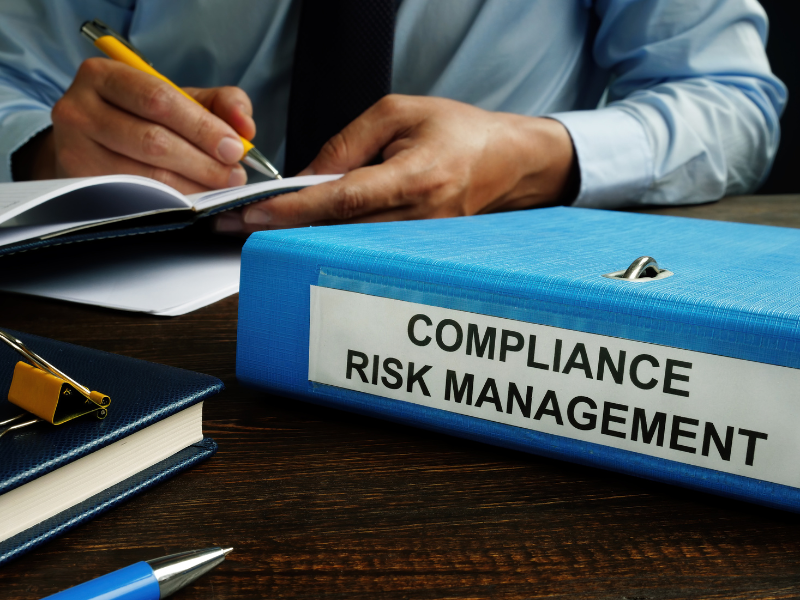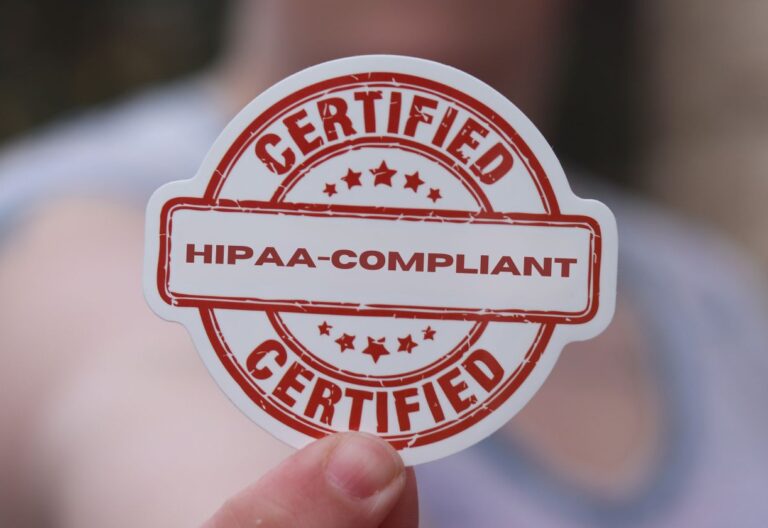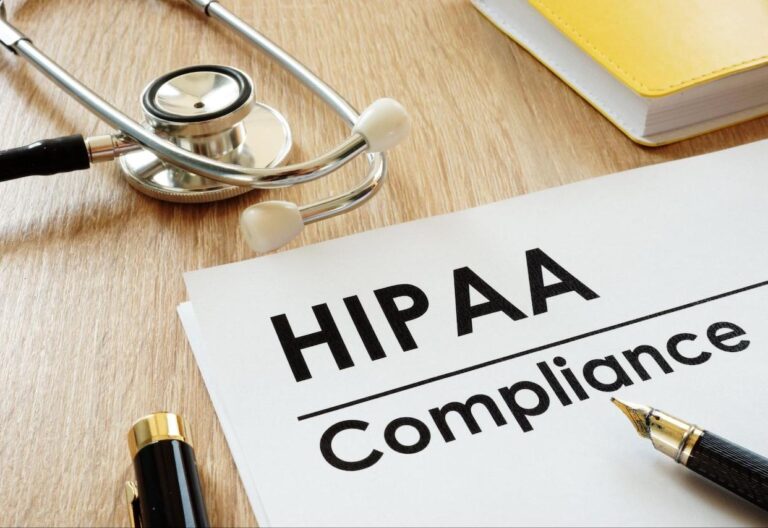The HIPAA Security Rule is one of the most important regulations healthcare providers, insurers, and business associates must follow to safeguard patient data. It defines the HIPAA security standards for protecting electronic protected health information (ePHI).
In this post, we’ll explain what is HIPAA security rule, break down its key components, share best practices for compliance, and show how iFax helps organizations meet HIPAA security rules.
Table of Contents
What Is The HIPAA Security Rule?
The security rule in HIPAA is a set of federal regulations requiring covered entities and business associates to protect electronic protected health information (ePHI). Unlike the Privacy Rule, which governs how PHI can be used or disclosed, the Security Rule focuses specifically on safeguarding ePHI through administrative, physical, and technical measures.
In short: the HIPAA Security Rule mandates organizations to ensure the confidentiality, integrity, and availability of ePHI by applying reasonable and appropriate safeguards. These safeguards must be tailored to the organization’s size, complexity, and risks.
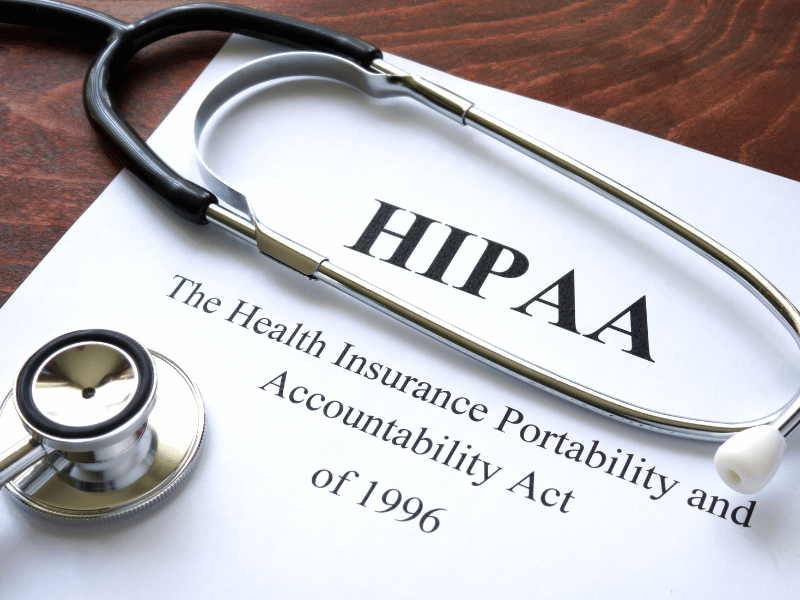
Key Components of the HIPAA Security Rule
The HIPAA security standards are grouped into three safeguard categories:
Administrative Safeguards
- Conduct risk analysis and ongoing risk management
- Assign a security officer to oversee compliance
- Implement workforce training and access controls
- Develop contingency and incident response plans
- Perform periodic evaluations of security policies
- Restrict facility access to authorized personnel only
- Establish workstation use and security protocols
- Control the movement, disposal, and reuse of devices and media containing ePHI
Technical Safeguards
- Enforce access controls with unique user IDs and authentication
- Enable audit logs to track access and system activity
- Encrypt ePHI at rest and in transit
- Implement integrity controls to prevent unauthorized changes
- Use secure transmission methods like TLS or VPNs
Together, these safeguards form the foundation of HIPAA security rules.
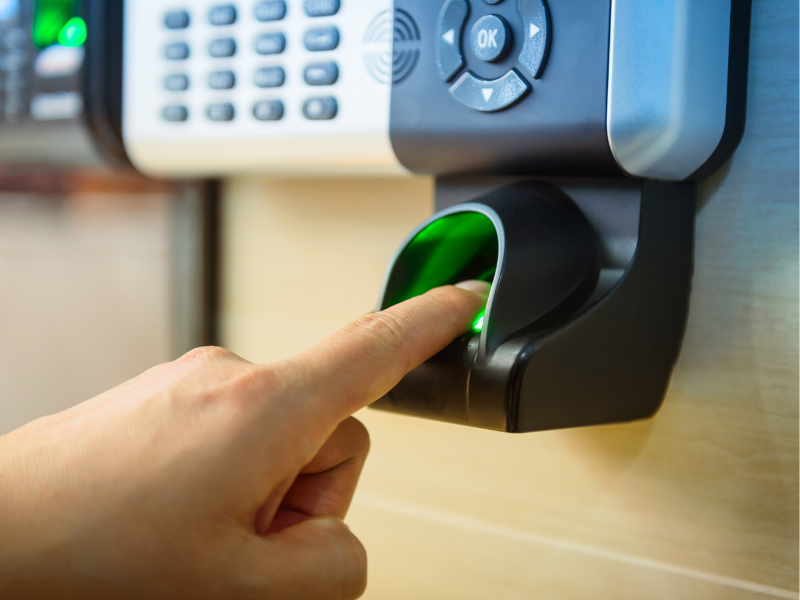
Best Practices for HIPAA Security Rule Compliance
Meeting the security rule HIPAA requirements requires more than checking boxes. Here are the best practices to strengthen compliance:
Conduct risk assessments regularly
Conducting regular risk assessments is the foundation of HIPAA compliance. Organizations should identify potential threats and vulnerabilities that could compromise ePHI. Documenting findings and creating clear mitigation plans ensures that risks are addressed systematically.
These assessments should be reviewed and updated at least annually or whenever significant changes occur in systems, workflows, or infrastructure.
Enforce role-based access controls
Access to ePHI should always follow the principle of least privilege, meaning users only receive access necessary for their roles. Promptly revoking permissions when employees change roles or leave the organization prevents lingering security gaps.
Multi-factor authentication should also be enforced across all sensitive systems to add a critical layer of protection against unauthorized access.
Use encryption and secure transmission
Encryption is one of the strongest defenses for protecting ePHI. Data at rest should be encrypted using AES-256 or higher, while transmissions should be secured through TLS or VPN connections. Beyond encryption, organizations should implement integrity checks to detect unauthorized alterations, ensuring the reliability and accuracy of patient information.

Monitor logs and maintain audit trails
System activity related to ePHI must be carefully monitored. Enabling comprehensive system logging helps capture all access and actions performed on sensitive data. These logs should be reviewed routinely to detect unusual or suspicious behavior and retained according to compliance requirements for investigations or audits.
Train employees on HIPAA security standards
Employees are often the first line of defense against breaches. Providing ongoing training on phishing awareness, password hygiene, and safe data handling practices is essential. Training programs should also include practical exercises, such as simulated phishing attempts, to reinforce learning. Documenting and tracking training completion helps demonstrate compliance during audits.
Prepare for incidents and disasters
Even with strong safeguards, incidents and outages can happen. Organizations must maintain secure off-site backups of critical data and test their disaster recovery and emergency operations plans regularly.
Ensuring that business continuity measures are in place will help healthcare providers maintain access to vital information even during cyberattacks, system failures, or natural disasters.
Manage vendors with Business Associate Agreements (BAAs)
Vendors handling ePHI must meet HIPAA security rules as covered entities. This starts with requiring all vendors to sign Business Associate Agreements (BAAs) that define their responsibilities. Beyond agreements, organizations should verify vendor compliance and monitor their security practices through audits or performance reviews to reduce third-party risks.

How iFax Helps with HIPAA Security Rule Compliance
Choosing the right tools is essential for maintaining compliance with the HIPAA Security Rule. iFax is a secure, cloud-based fax solution designed to safeguard ePHI with end-to-end encryption, strict access controls, and detailed audit logs. It also offers free Business Associate Agreements (BAAs), ensuring legal accountability when handling sensitive health information.
Beyond faxing, iFax provides HIPAA-compliant file sharing, role-based permissions, and seamless EHR/EMR integrations, all backed by a reliable infrastructure with 99.98% uptime. By covering the administrative, technical, and physical safeguards required under HIPAA, iFax helps healthcare providers and business associates protect patient data while improving efficiency.
Stay ahead of compliance requirements and simplify your document workflows with iFax. Get started with iFax today and ensure your organization meets the highest HIPAA security standards.



